How Indigenous Communities are Robbed of Their Land and Their Lives by Drug Trafficking and Addiction
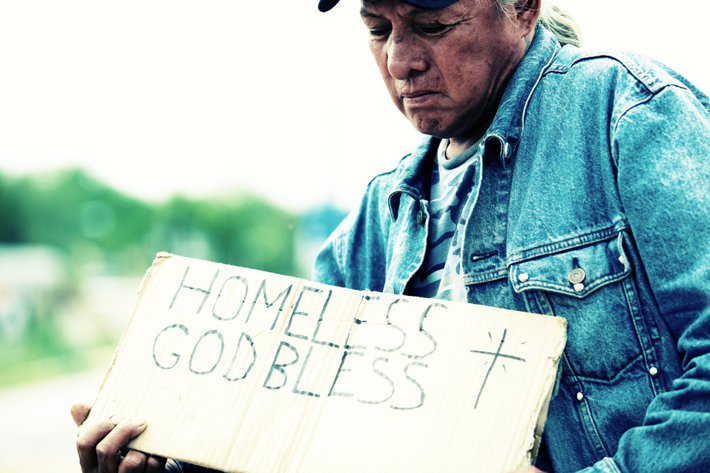
Sometimes it feels like it’s beyond the scope of the human imagination to estimate the sheer demand for drugs, particularly for the imaginations of those who do not use drugs. However, taking a moment to examine both the foreign and domestic forces at play to literally displace Indigenous peoples from their land in order to produce drugs for American consumption gives one a stark indicator of the immense demand for drugs.
Displacement and Addiction
Drug manufacturing and trafficking in Latin America often results in Indigenous land takeovers. Then, to make matters worse, after Indigenous groups are displaced, they and their descendants become at high risk for getting hooked on the very drugs they lost their land over. These grim facts add another layer to just how harmful drugs are, putting the crisis of drug trafficking into perspective, bringing us all to the understanding that we must focus on reducing the demand for drugs here in the United States.
Research has shown a higher rate of substance abuse among Native American youths who live on reservations than among non-native youths. A group of researchers at Colorado State University surveyed eighth, tenth, and twelfth graders in both Indigenous and non-Indigenous groups to determine this. Across the boards, the Indigenous youth groups had a higher prevalence of recent and lifetime drug use than the non-native group.
While one cannot claim that being displaced or being the descendants of displaced persons acts as a direct cause of drug use (without including evidence of such), there is certainly a correlation between growing up as an Indigenous American on a reservation and having a higher likelihood of substance abuse than a non-Indigenous American growing up elsewhere. One could hypothesize that forced displacement creates intergenerational harm, harm which may set the stage for drug abuse as a coping mechanism.
The Immense Demand for Drugs and What That Demand Does to Indigenous Communities
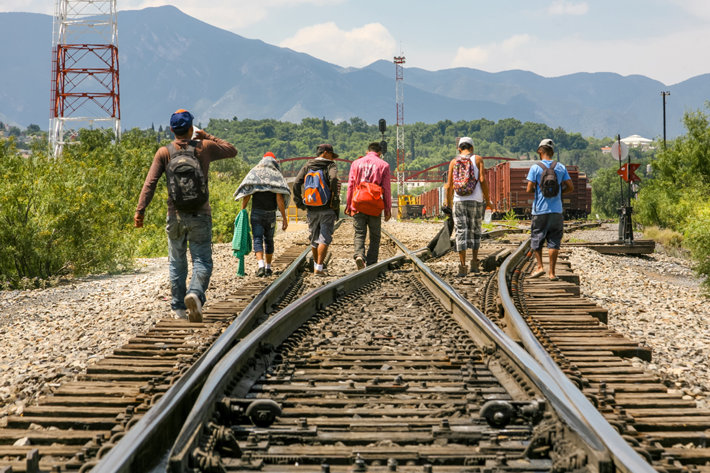
The immense demand for drugs in the United States is such that drug cartel organizations often take over rural regions across South and Central America to cultivate the land and produce cannabis, coca, and opium poppies for drugs like marijuana, cocaine, and heroin. These efforts have led to the massive displacement of Indigenous groups from their ancestral lands.
“The State is responsible not only for its weak attempt to protect the human rights of native communities, but also for the active participation of public officials in systematic corruption.”
In Peru, corrupt local government officials often work with drug cartels to strike shady deals. Indigenous lands are sold or partitioned off to cartel “farmers” in exchange for cash bonuses. According to Magaly Avila, Director of the Environmental Governance Programme at Proética, “These cases are not isolated events, but rather illustrate the workings of a network of environmental crimes in which the Peruvian State and its officials play a decisive and determining role. The State is responsible not only for its weak attempt to protect the human rights of native communities, but also for the active participation of public officials in systematic corruption. This has grave consequences for the human rights of indigenous peoples and contravenes Peru’s national and international obligations.”
In Honduras, similar issues arise. One article in the North American Congress on Latin America examined how drug traffickers often steal Indigenous lands in rural Honduras to act as fields for coca crops or airstrips for drug traffickers. Quoting the article, “The flow of drugs leads to land dispossession because traffickers have to secure and control these transit zones, to launder their vast illicit profits, and to legitimize their presence under the guise of frontier cattle ranching. Buying up land accomplishes all three. Where there are pre-existing land titles, local bureaucrats are bribed to falsify title deeds and manipulate tax payments to separate long-time residents from their ancestral lands. Traffickers also saturate regional and State bureaucracies with payments to ensure impunity for their illegal land purchases.”
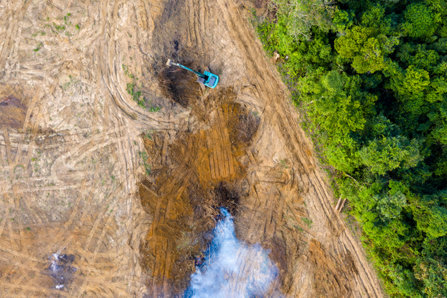
In yet another Latin American country, Guatemala, drug cartels force Indigenous communities off their lands to make way for the drug trade. According to one book excerpted by the Texas State University, “Narco-trafficking and the illicit industry’s associated money laundering operations are becoming clearer contributors of land use change and land degradation in Guatemala. This research project demonstrates that the large numbers of cattle ranches and palm plantations driving deforestation are funded by narco-capital. Drug trafficking organizations are laundering money in mass in palm oil plantations and cattle ranching. Further complicating the issue is the drug traffickers’ exploitation of protected areas of the Maya Biosphere Reserve, use of land grabbing tactics that dispossess Indigenous and non-Indigenous peasants, and large-scale impunity for these crimes.”
When Indigenous communities in South and Central America are being robbed of their lands in order for cartels to grow, manufacture, and traffic drugs for American consumption, it’s clear that the sheer demand for drugs is much, much higher than most people think.
Foreign Drug Cartels and American Pharmaceutical Companies
American pharmaceutical companies must get their opium poppies for painkillers from somewhere, right? From India to Tasmania, Afghanistan to Burma, Iran, Thailand, Laos, Turkey, Pakistan, and Mexico, the places where opium poppies are grown also happen to be places where Indigenous communities are suffering.
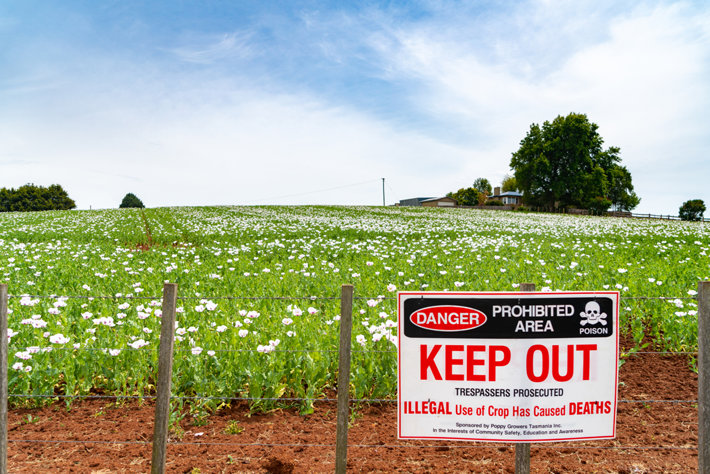
Regardless of whether drug crops are being sourced for the illicit drug trade or for pharmaceutical purposes, the shocking demand for drugs in America and the dollar signs in the eyes of pharma CEOs and drug cartel bosses alike seldom seem to account for the Indigenous sovereignty of communities across the global South.
Treatment Solves Demand, Not Incarceration
A group of researchers who studied drug abuse among Native American groups did not comment on the effect that displacement may have had on those groups, but they did comment on the importance of such groups receiving treatment when substance abuse was present. According to their conclusion, “Reservation-based American Indian students are at high risk for substance use compared with US youths in general, making prevention efforts critical. Without increased attention to these disparities, the costs to American Indian youths and their communities will remain high.” Beyond treating addiction among Indigenous Americans and Indigenous communities worldwide, it is equally important to treat addiction among all demographics and ethnic groups in the United States.
“Reservation-based American Indian students are at high risk for substance use compared with US youths in general, making prevention efforts critical.”
The American War on Drugs has proved, painfully so, over 50 years that tackling drug production, trafficking, use, and addiction from the supply-side does not work. Rather, Americans must increase their efforts to treat those addicted to drugs and treat drug addiction as a health crisis, not a criminal inclination. Doing so will have untold benefits for Indigenous communities in the United States and the global South, and for the American people as a whole.
As Dr. Karen A. Urbanoski said in a paper on the need for equity in addiction treatment of displaced Indigenous communities, “Indigenous people… carry a disproportionate burden of the harms related to substance use, resulting from structural and systemic disadvantages caused by colonization.” Ensuring treatment is made available and accessible for all Americans will help curb addiction among Indigenous communities and reduce the demand for drug cultivation, thus helping Indigenous groups abroad regain control of their lands.
Sources:
- https://jamanetwork.com/journals/jamanetworkopen/fullarticle/2682593
- https://www.transparency.org/en/blog/defending-indigenous-communities-from-the-deadly-effects-of-corruption
- https://nacla.org/news/2014/2/4/prying-native-people-native-lands-narco-business-honduras
- https://digital.library.txstate.edu/handle/10877/13238
- https://www.culturalsurvival.org/publications/cultural-survival-quarterly/heroin-overview
- https://jamanetwork.com/journals/jamanetworkopen/fullarticle/2682593
- https://www.ncbi.nlm.nih.gov/pmc/articles/PMC5675540/

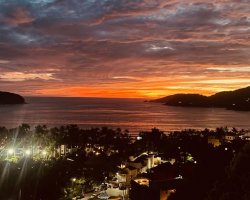
 ®
®